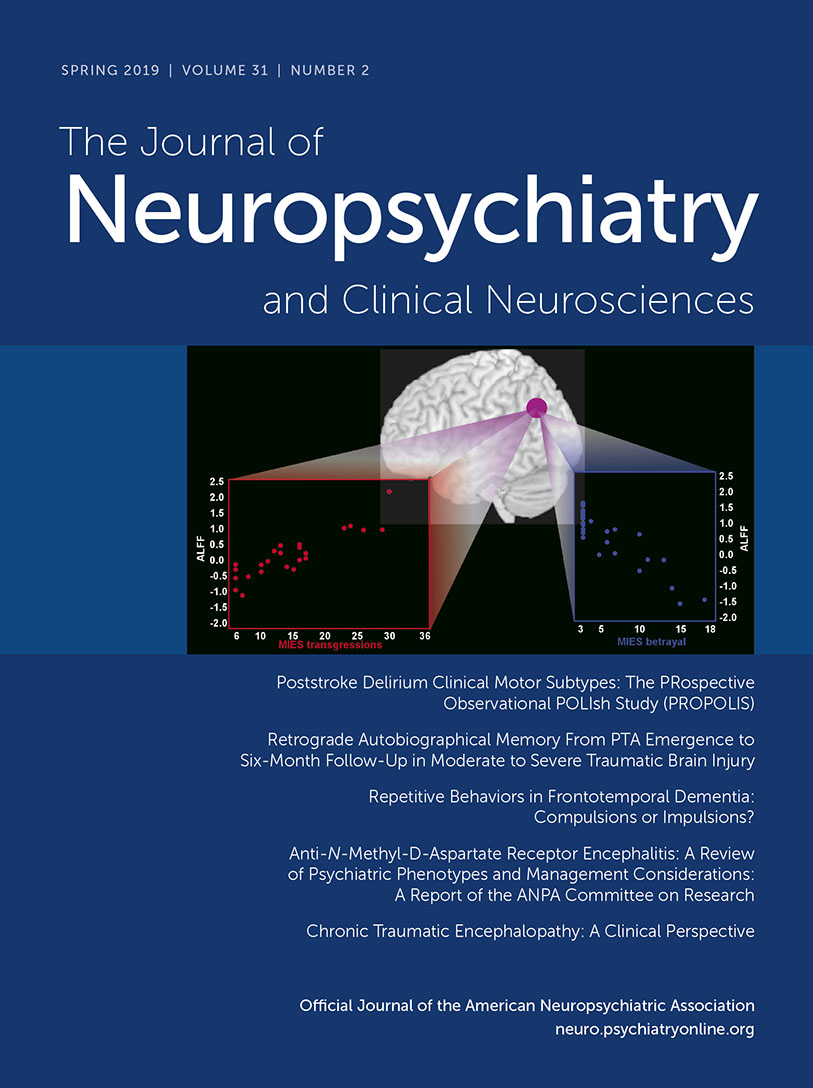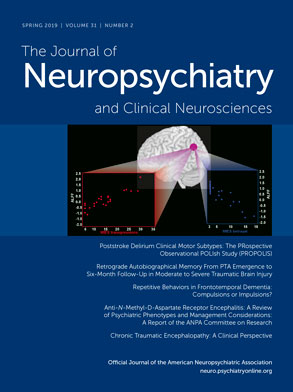The Last Witness to Creation: A Case of Charles Bonnet Syndrome
January 12, 1999
I am the last witness to creation. At least, that’s how I’ve felt since I lost my sight. I can create marvelous images in my mind, invisible to the eyes of others. Sometimes the images come from a place so remote from my will that they’re no longer mine. And I, once a scientist and a rationalist, have learned to be fearful of my own self.
Before becoming ill, I painted every now and then. I took art lessons and visited as many museums as possible. Some 20 years ago, I went to the Vatican. Even now, I can see that seigniorial city, vividly, and revel in its architecture. I turn my attention to an altarpiece, carved in wood, but then I feel a tremendous temptation to make the altarpiece even more intricate. With enormous effort, I manage to gradually change the details of the altarpiece. I can recreate the entire structure of the Vatican. Sometimes I need many days to get it right.
January 13, 1999
I’ve dreamed that I embark with my friends on an excursion into the woods. I get lost and arrive at a lake. I climb a tree to leap over the water, but I find myself in an uncertain position. I’m unable to climb down, but I can’t continue climbing higher because the branches aren’t strong enough. I direct my sight to the lake: I see very large fish, primitive sharks, and manta rays. I fall and I wake up, but I can still see the creatures of my dream—the fish, the sharks, the manta ray—floating in the air, while I walk to the bathroom or the kitchen. Yet once I am awake, I know they are imaginary. This vision persists for an hour of wakefulness, beyond my control. For a while it’s amusing, but if it lasts too long it becomes unbearable.
January 14, 1999
Almost always. I don’t know why, sometimes I feel an urge to shout or to flee, as if there were no air in the room… then I lose control over my visions. I see my grandmother, just the way I remember her when she died. I could still see in those days. Watching her in such a fragile situation hurt me very much. When the feelings of terror come, my agonizing grandmother may appear with great vividness. I have an urge to run away. But all around me, there are hundreds of hospital beds, and in every bed, I see my dying grandmother. Whenever my visions become uncontrollable, I use a trick: casing or framing the nightmarish images as if putting them on stage, or setting them on a theatrical dais, and next I invent some enormous curtains. I gradually bring the scene to a close by drawing in the curtains. If I draw them in too quickly, the trick never works. But if I do it gradually and try to relax, the nightmare vanishes, slowly, behind the curtain. Occasionally this trick is of no use, and no matter how slowly I draw in the curtains, my anguishing grandmother remains there, suspended.
January 18, 1999
Footnote
References
Information & Authors
Information
Published In
History
Keywords
Authors
Funding Information
Metrics & Citations
Metrics
Citations
Export Citations
If you have the appropriate software installed, you can download article citation data to the citation manager of your choice. Simply select your manager software from the list below and click Download.
For more information or tips please see 'Downloading to a citation manager' in the Help menu.
View Options
View options
PDF/EPUB
View PDF/EPUBLogin options
Already a subscriber? Access your subscription through your login credentials or your institution for full access to this article.
Personal login Institutional Login Open Athens loginNot a subscriber?
PsychiatryOnline subscription options offer access to the DSM-5-TR® library, books, journals, CME, and patient resources. This all-in-one virtual library provides psychiatrists and mental health professionals with key resources for diagnosis, treatment, research, and professional development.
Need more help? PsychiatryOnline Customer Service may be reached by emailing [email protected] or by calling 800-368-5777 (in the U.S.) or 703-907-7322 (outside the U.S.).

